Chronic rhinitis
Affects more than 87 million people in the US alone 1-2
Chronic rhinitis is defined as the frequent inflammation of the nose with symptoms such as a runny nose, nasal congestion and post-nasal drip (mucus in the throat).1,3 It’s what you experience when overactive nerves send too many signals to your nose, causing it to drip, run and swell more than necessary.³
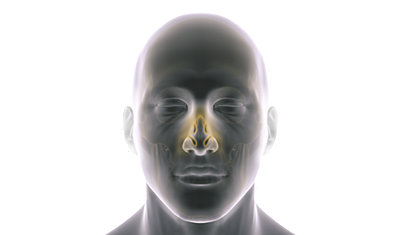
CAUSES
What causes chronic rhinitis?
While the exact causes are unknown, overactive nasal nerves play a role in chronic rhinitis.3 The nerves in your nose transmit signals to your brain, regulating a variety of functions. When these nerves become overactive, they send more signals than necessary for the nose to perform its normal functions, possibly causing chronic rhinitis symptoms including: congestion, runny nose, and nasal itching.1,3
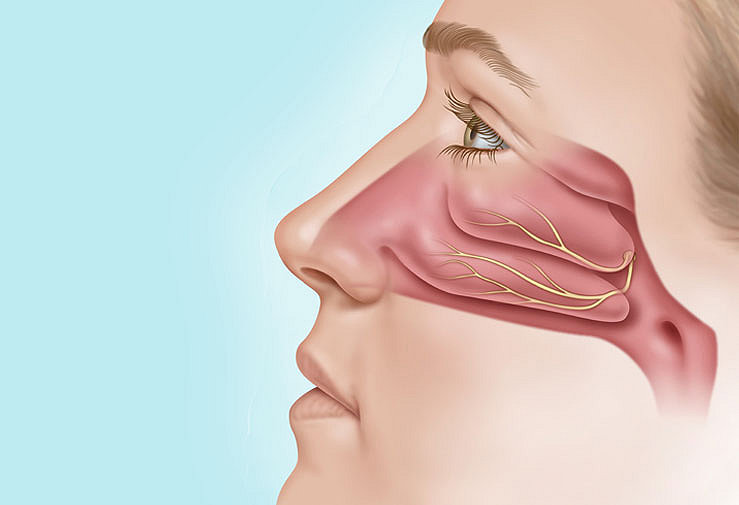
Normal nasal cavity anatomy
- Turbinates warm and moisturize air as it flows through the nose4
- Normal mucus production helps protect against infectious agents5
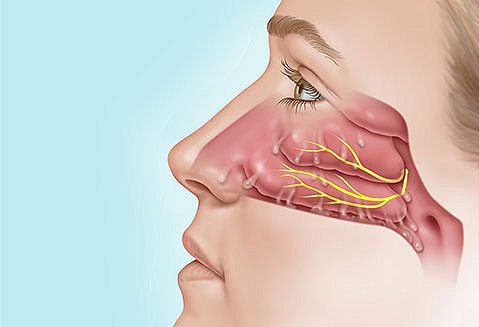
Chronic rhinitis nasal cavity anatomy
- Inflamed turbinates contribute to nasal congestion and stuffiness6
- Excessive mucus can drip down the throat and nose6
SYMPTOMS
There are numerous symptoms of chronic rhinitis, but you should consult with your doctor to determine diagnosis and the best course of treatment. Common symptoms include:1,3
- Runny nose
- Nasal congestion
- Nasal itching
- Post-nasal drip
- Sneezing

TREATMENT OPTIONS
Common medical treatments for chronic rhinitis include nasal sprays, drops, pills and allergy shots.7 They typically help manage frequent runny nose, congestion and post-nasal drip symptoms; however:
- They may require daily use
- Symptoms can persist despite these treatments8
- Side effects may occur from prolonged usage, including crusting, dryness, and minor bleeding7
If treatments such as nasal sprays, drops and pills are not working for you or you are looking for an alternate solution, ClariFix may be an option. Consult with your doctor to see if ClariFix is right for you.
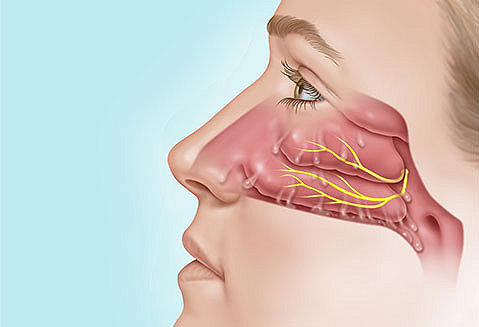
Before ClariFix
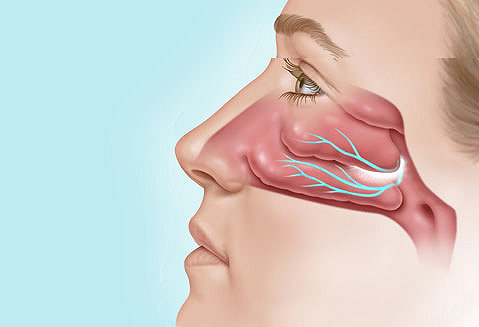
During ClariFix
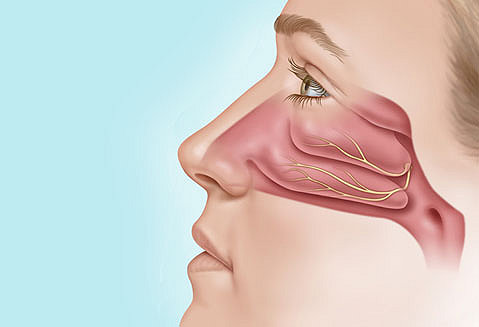
After ClariFix
CLARIFIX FOR TREATMENT OF CHRONIC RHINITIS:
What is ClariFix?
ClariFix is a minimally invasive procedure that allows your doctor to get to the root of chronic rhinitis. ClariFix uses cryotherapy technology that disrupts the signals from the overactive nasal nerves to reduce your runny, stuffy nose symptoms.9 ClariFix cryotherapy is:
- Shown to be safe and effective1
- Minimally invasive
- Available in multiple sites of service such as the office or OR
- Requires minimal recovery time and post-treatment care for most patients10
- May provide up to two years of symptom relief1
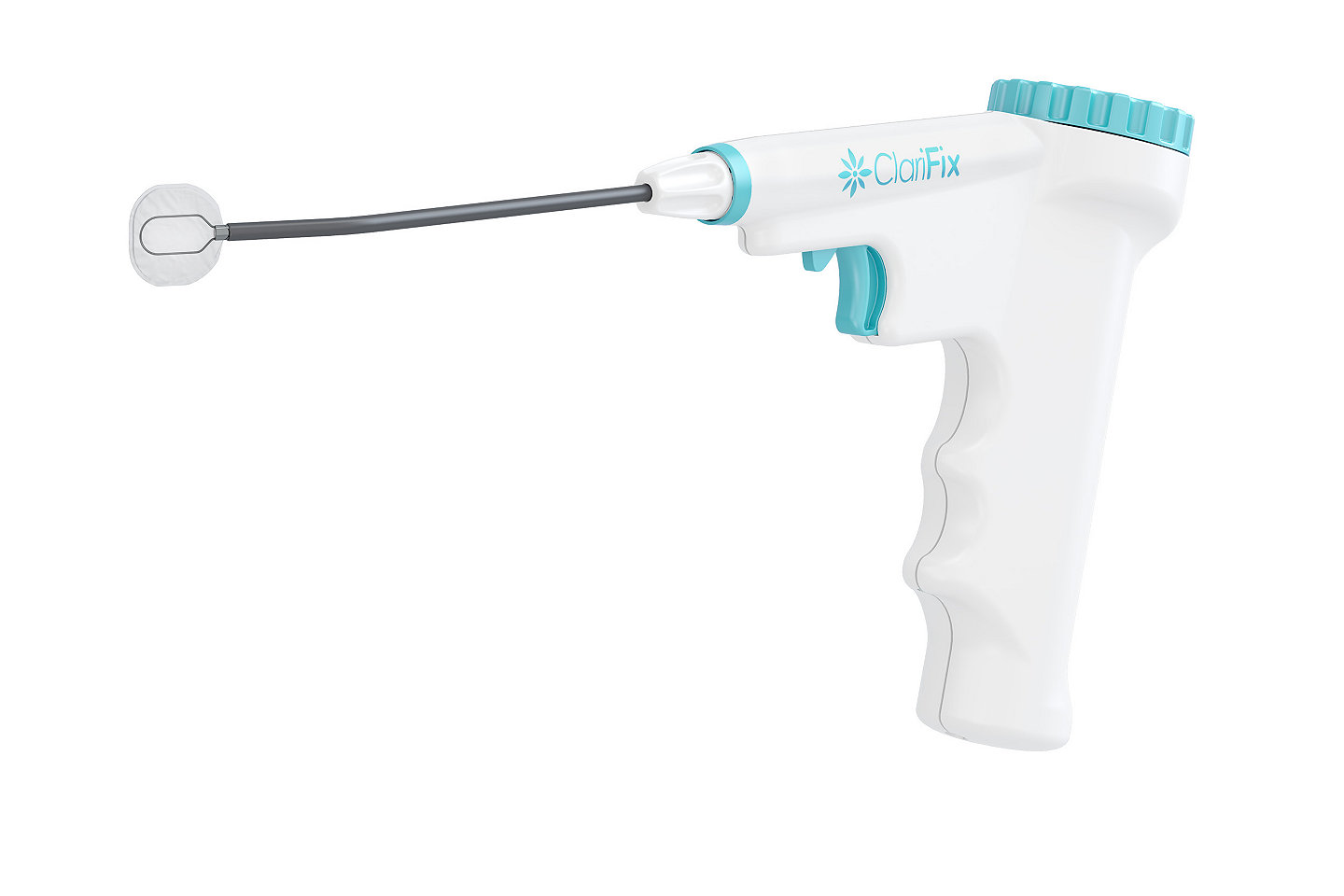
WHAT TO EXPECT WITH TREATMENT
What to expect during treatment with ClariFix Cryotherapy?
ClariFix can be performed at the doctor's office, ambulatory surgery center, and at the hospital.
If the procedure is performed in the office, typically, an anesthetic is used to numb your nose. Then, the Clarifix device is place at the back of the nose and the cryogen is activated for approximately 30 seconds. You may experience slight pressure, a cooling sensation in the nose or some discomfort during and/or after the treatment.11 Plan for a one-hour in-office appointment and ask your doctor if you will need someone to drive you home.
What to expect after treatment?
In general, there is minimal downtime and recovery.10 The most common side effects associated with ClariFix cryotherapy are temporarily increased congestion, headache, and transient pain or discomfort. In a recent, long-term clinical study, the ClariFix device was found to be well-tolerated with no device or procedure-related serious adverse events.1 Nosebleed is a rare but possible side effect, and may be increased if the patient has a clotting disorder, uncontrolled high blood pressure, or uses anticoagulants or blood thinners.9
Most patients begin to see improvement in chronic rhinitis symptoms around 30 days after treatment:12
- Decrease in symptoms: Most patients reported a significant decrease in runny nose and congestion compared to initial symptoms1
- Lasting improvement: 4 out of 5 patients reported long-lasting symptom improvement1
- Durable results: The only cryotherapy treatment shown to last up to two years1
87 million patients suffer from chronic rhinitis in the US1-2
4 out of 5 ClariFix patients report long-lasting symptom improvement1
30 days is the typical time where ClariFix patients report improvement after treatment12
FAQ
ClariFix is a treatment option that utilizes cryotherapy to target the source of chronic rhinitis symptom. 12
Chronic rhinitis symptoms can be caused by overactive nerves3, which may be sending too many signals to your nose, telling it to drip, run and swell more than necessary. The ClariFix device uses cryotherapy to deliver freezing temperatures to these overactive nerves, interrupting the signals and helping to reduce your symptoms.9
Most patients begin to see improvement 30 days post treatment.12
ClariFix cryotherapy treatment improves symptoms for 4 out of 5 patients at 2 year post treatment.1
Typically, the ClariFix application time is 30-45 seconds per side of the nose. An entire in-office procedure typically lasts an hour.9
When done in the office, an anesthetic is used to numb the inside of your nose. Then, the ClariFix device is placed in the back of the nose and the freezing temperatures are applied to the tissue. You may experience slight pressure, a cooling sensation in the nose and/or around the molars or some discomfort during and/or after the treatment.11
Most patients return to their normal activity that same day. In general, there is minimal downtime and recovery.12 As with any nasal treatment, you may experience increased sensitivity, congestion, and some discomfort during the healing process.9
The most common side effects associated with ClariFix cryotherapy are temporarily increased congestion, transient pain or discomfort, and a headache. Nosebleed is rare, but a potential side effect, and may be increased if the patient has a clotting disorder, uncontrolled high blood pressure, or uses anticoagulants or blood thinners.9
Related products
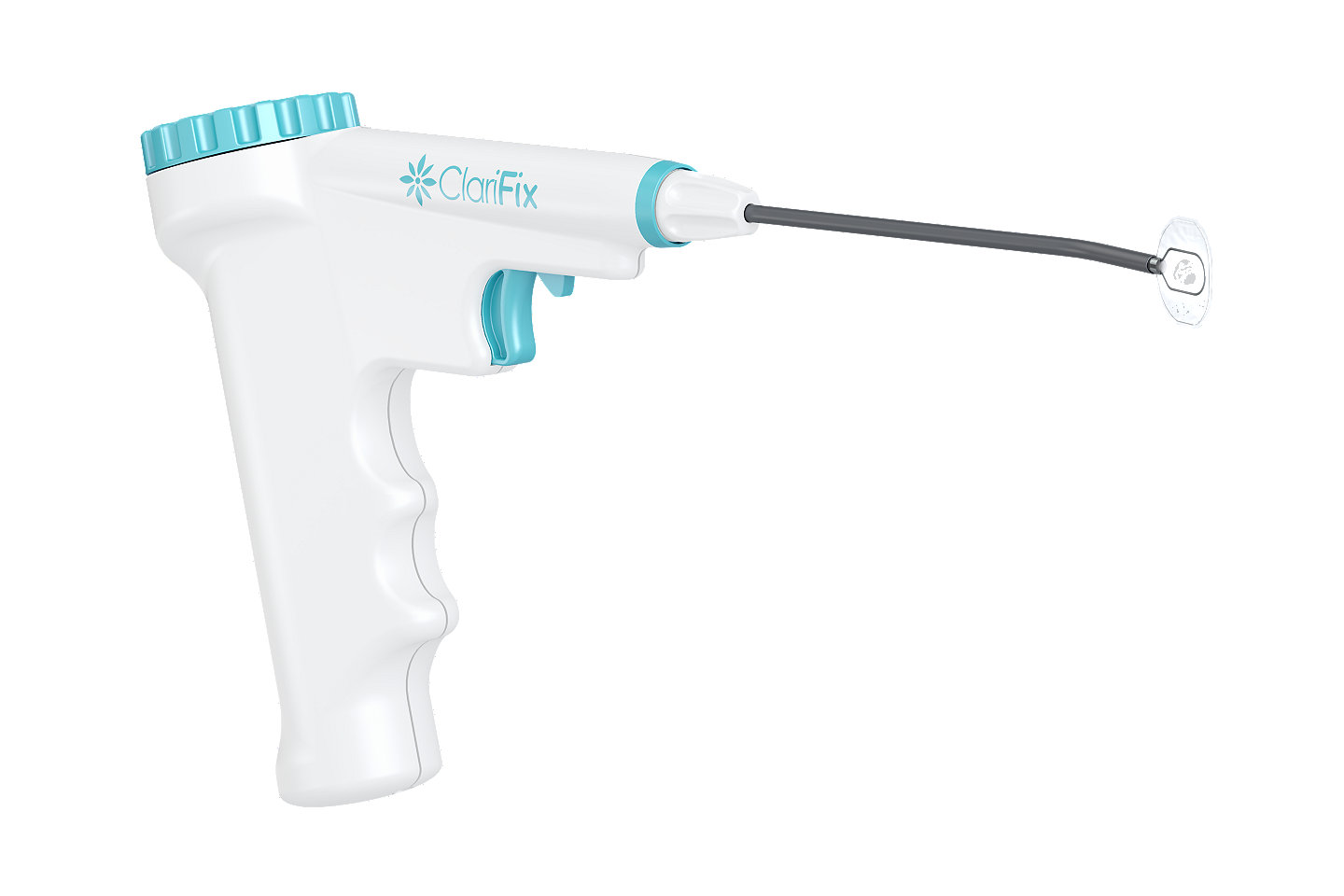
ClariFix cryotherapy device
Stryker's ClariFix device goes straight to the root of chronic rhinitis-the overactive nerves. Using a minimally invasive treatment called cryotherapy, the ClariFix device applies focal, controlled freezing to target tissue under direct visualization.9
References
- Ow RA, O'Malley EM, Han JK, Lam KK, Yen DM. Cryosurgical Ablation for Treatment of Rhinitis: Two-Year Results of a Prospective Multicenter Study. Laryngoscope. 2021 Sep;131(9):1952-1957. doi: 10.1002/lary.29453. Epub 2021 Feb 22. PMID: 33616224; PMCID: PMC8451775.
- Stryker Data On File 4280-269. Estimates calculated from Stryker Factbase, Definitive Healthcare Data, and Ow 2021.
- Yao A, Wilson JA, Ball SL. Autonomic nervous system dysfunction and sinonasal symptoms. Allergy Rhinol. 2018;9:2152656718764233.doi:10.1177/2152656718764233
- Georgakopoulos B. Anatomy, Head and Neck, Nose Interior Nasal Concha. StatPearls [Internet]. Published September 1, 2019. Accessed July 15, 2020. https://www.ncbi.nlm.nih.gov/books/NBK546636/.
- Fahy JV, Dickey BF. Airway mucus function and dysfunction. N Engl J Med. 2010 Dec 2;363(23):2233-47. doi: 10.1056/NEJMra0910061. PMID: 21121836; PMCID: PMC4048736
- American Academy of Otolaryngology- Head and Neck Surgery. “Turbinate Hypertrophy.” ENT Health, 6 Dec. 2022, https://www.enthealth.org/conditions/turbinate-hypertrophy/.
- Tran NP, Vickery J, Blaiss MS. Management of rhinitis: allergic and non-allergic. Allergy Asthma Immunol Res. 2011 Jul;3(3):148-56. doi: 10.4168/aair.2011.3.3.148. Epub 2011 May 20. PMID: 21738880; PMCID: PMC3121056
- Young LC, Stow NW, Zhou L, Douglas RG. Efficacy of medical therapy in treatment of chronic rhinosinusitis. Allergy Rhinol (Providence). 2012;3(1):e8-e12. doi: 10.2500/ar.2012.3.0027. Epub 2012 May 18. PMID: 22852131; PMCID: PMC3404479.
- ClariFix instructions for use: 5082-001
- Gerka Stuyt JA, Luk L, Keschner D, Garg R. Evaluation of In-Office Cryoablation of Posterior Nasal Nerves for the Treatment of Rhinitis. Allergy Rhinol (Providence). 2021 Jan 29;12:2152656720988565. doi: 10.1177/2152656720988565. PMID: 33598336; PMCID: PMC7863162.
- St. Louis Sinus Center. “Clarifix Treatment St. Louis: Chronic Rhinitis Treatment Mo.” St. Louis Sinus Center, 17 Dec. 2021, https://www.stlsinuscenter.com/common-sinus-problems/allergies/clarifix/.
- Chang MT, Song S, Hwang PH. Cryosurgical ablation for treatment of rhinitis: A prospective multicenter study. Laryngoscope. 2020 Aug;130(8):1877-1884. doi: 10.1002/lary.28301. Epub 2019 Sep 30. PMID: 31566744; PMCID: PMC7384004.
ENT-CFX-SYK-624188
